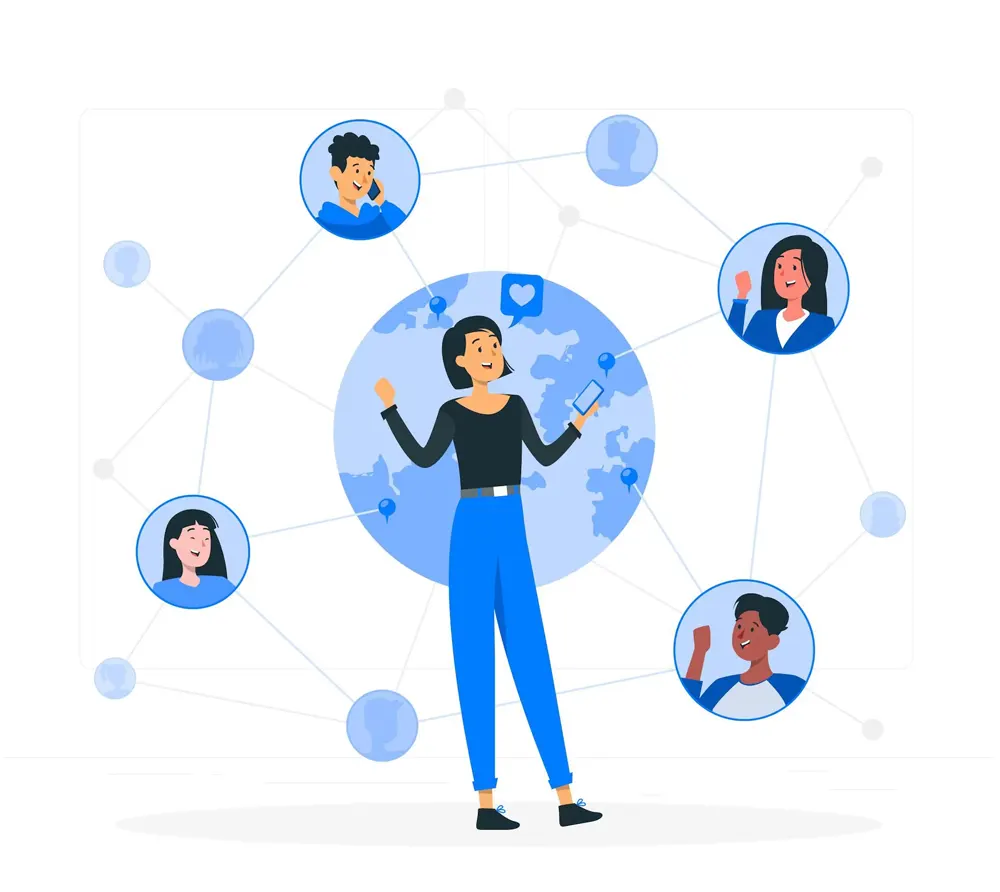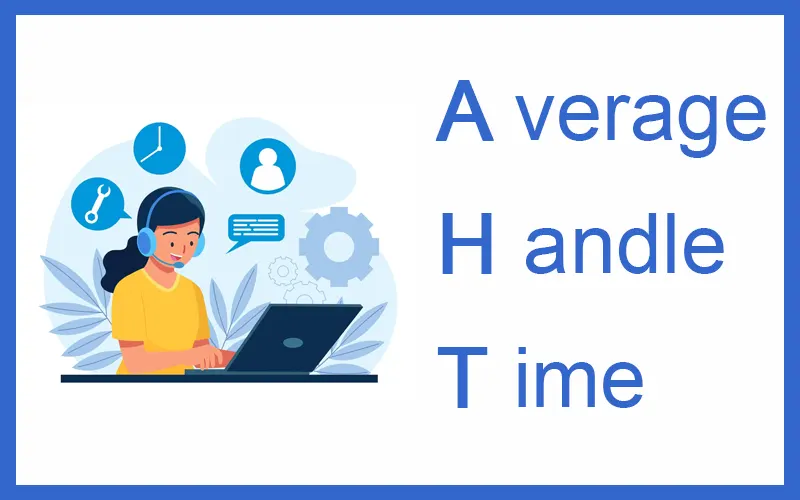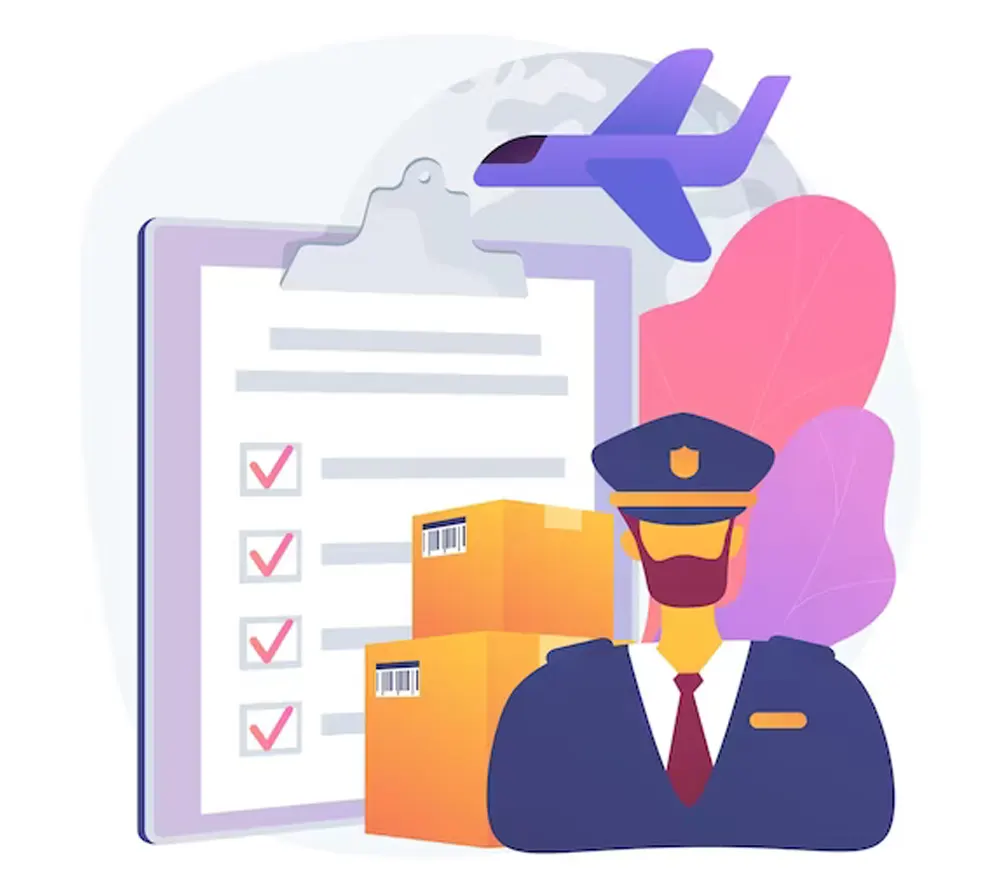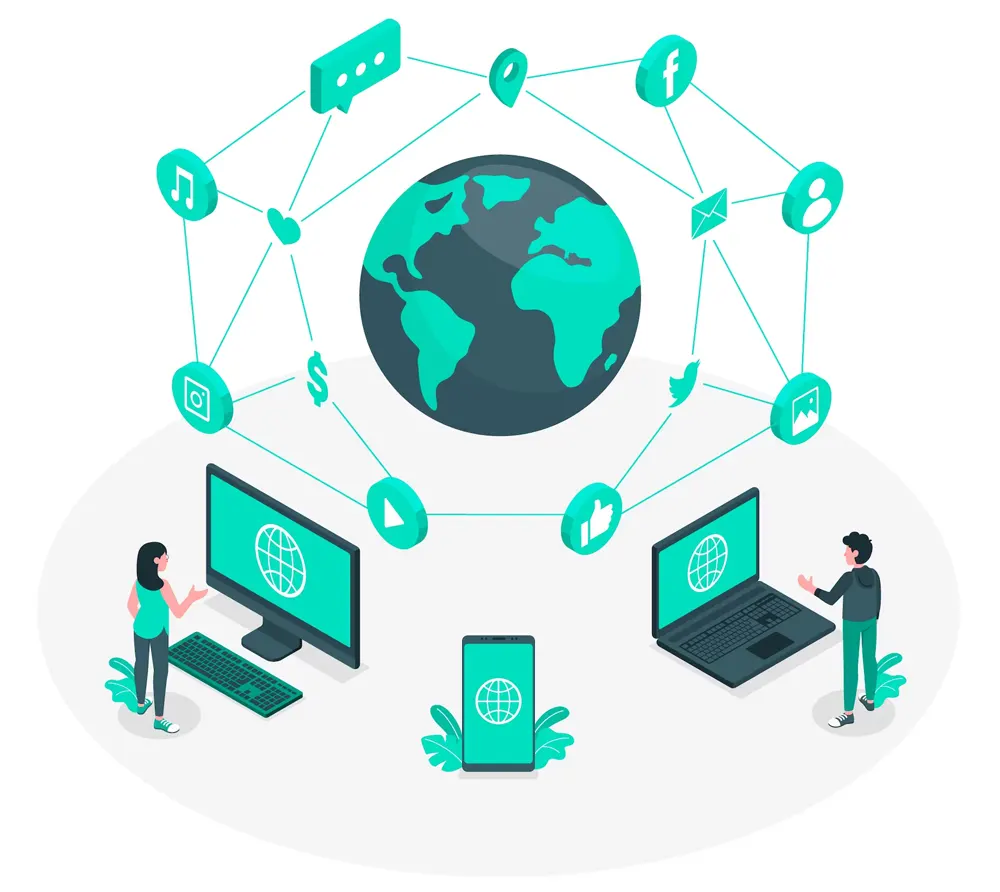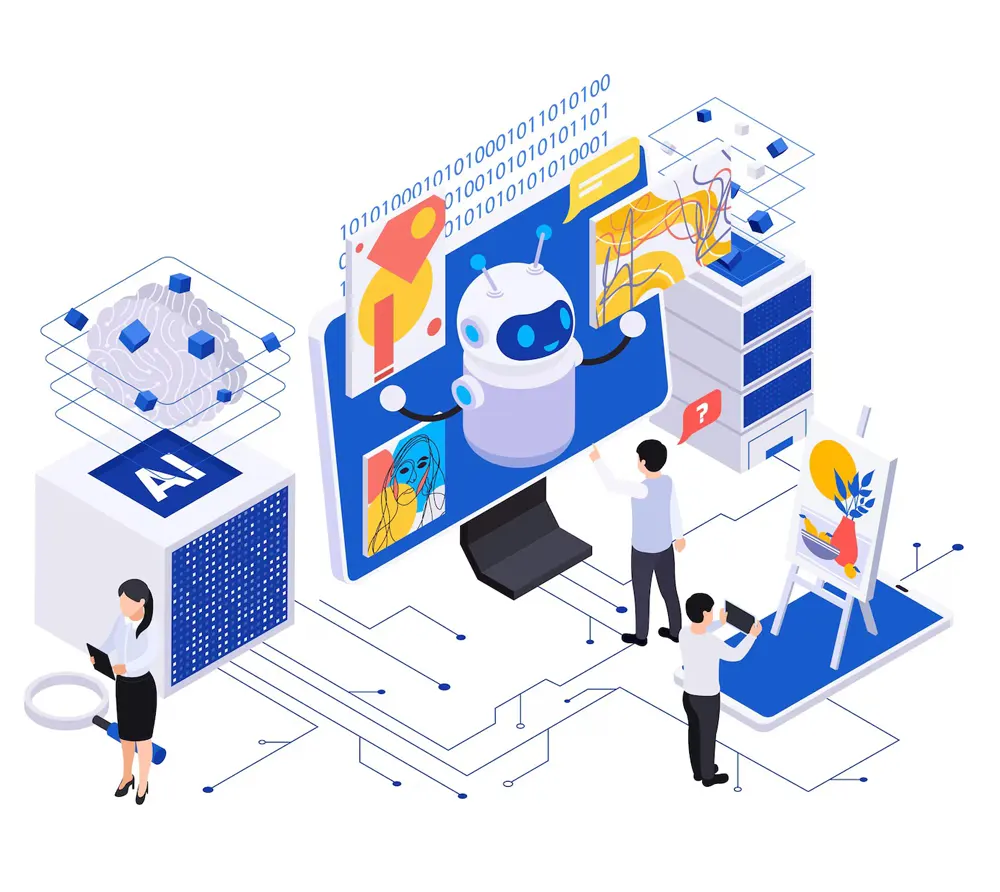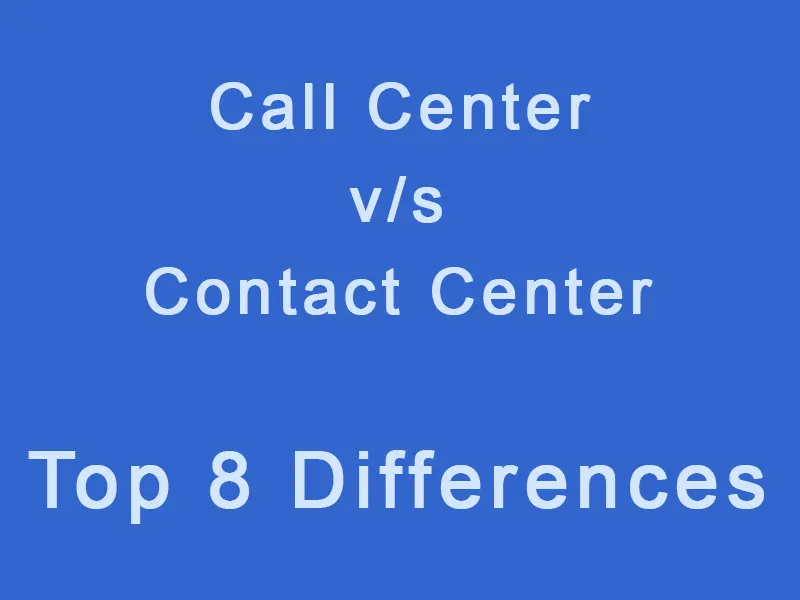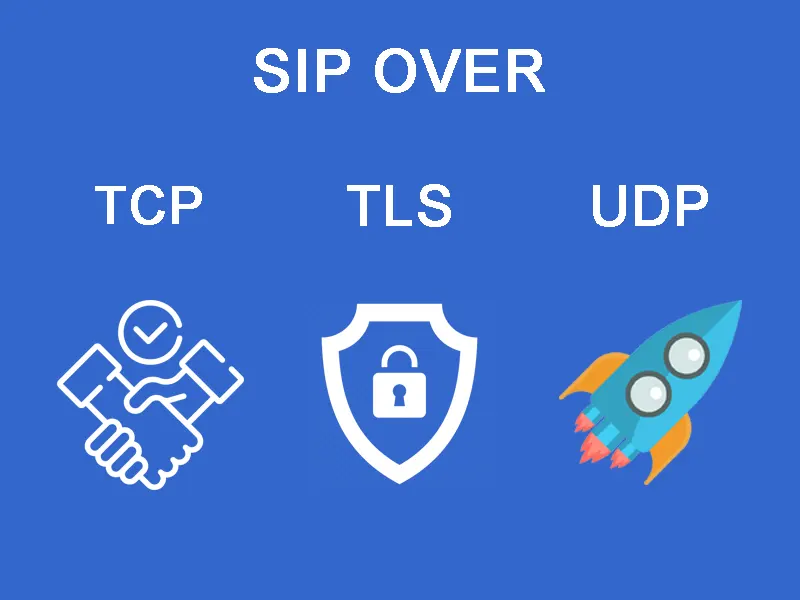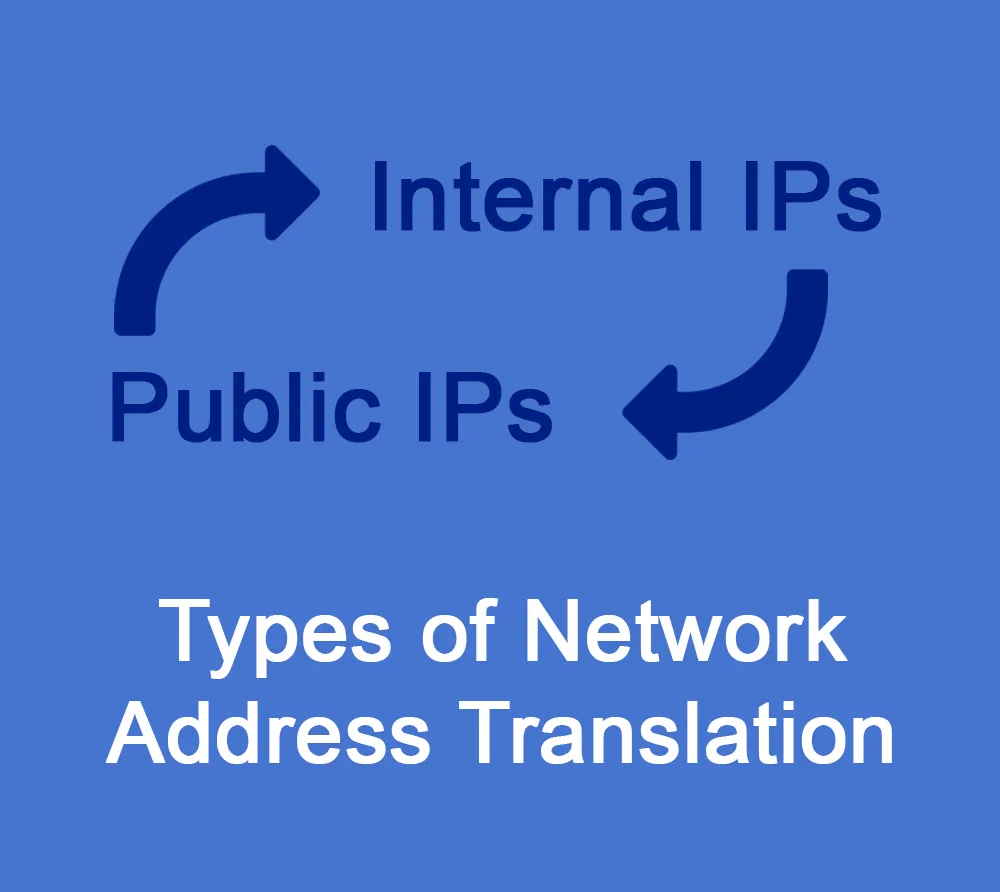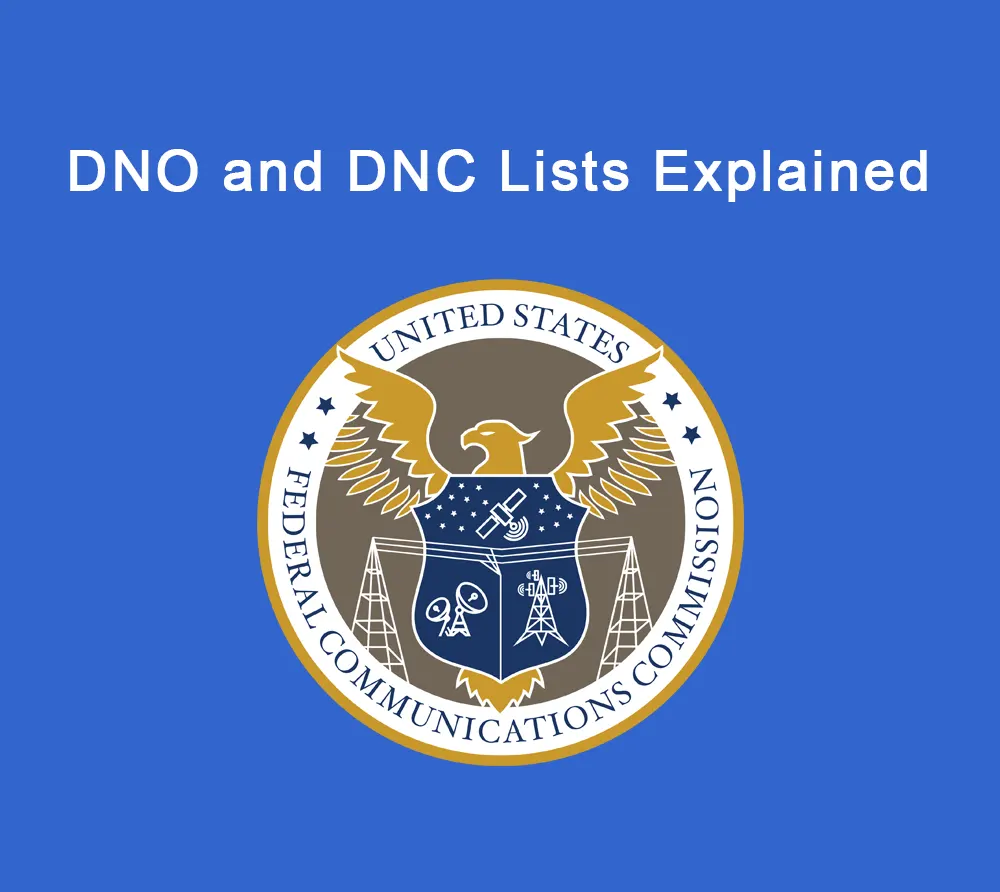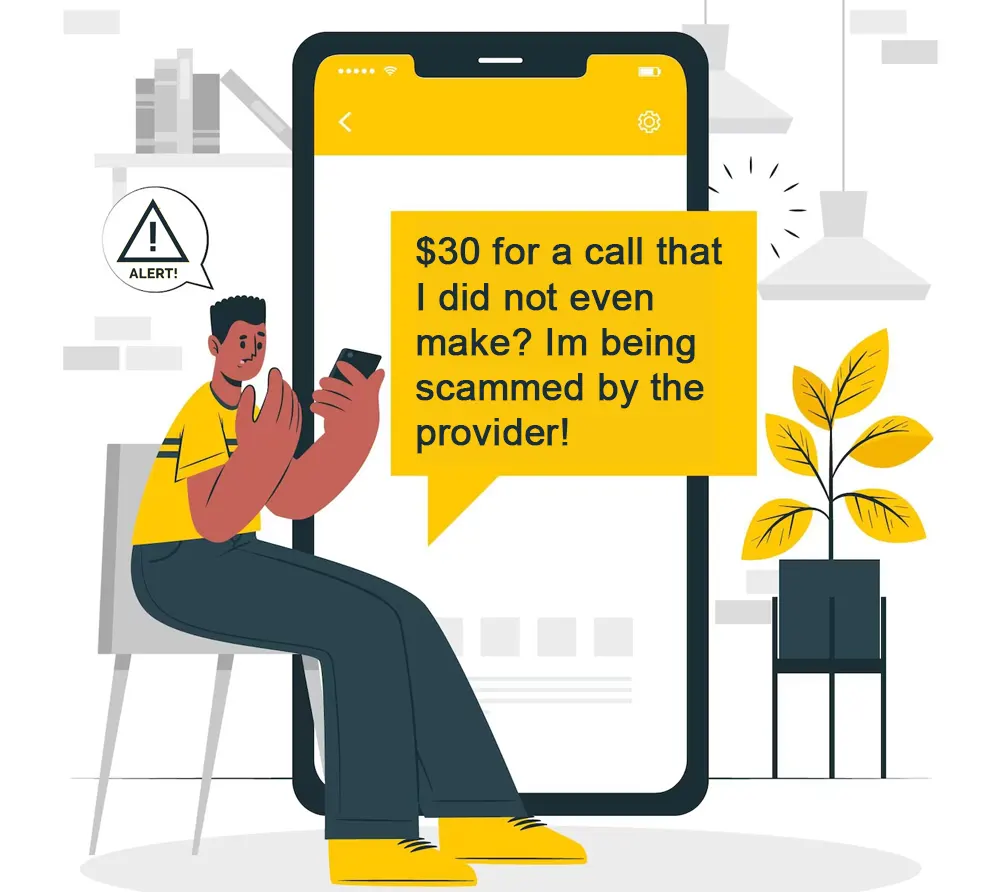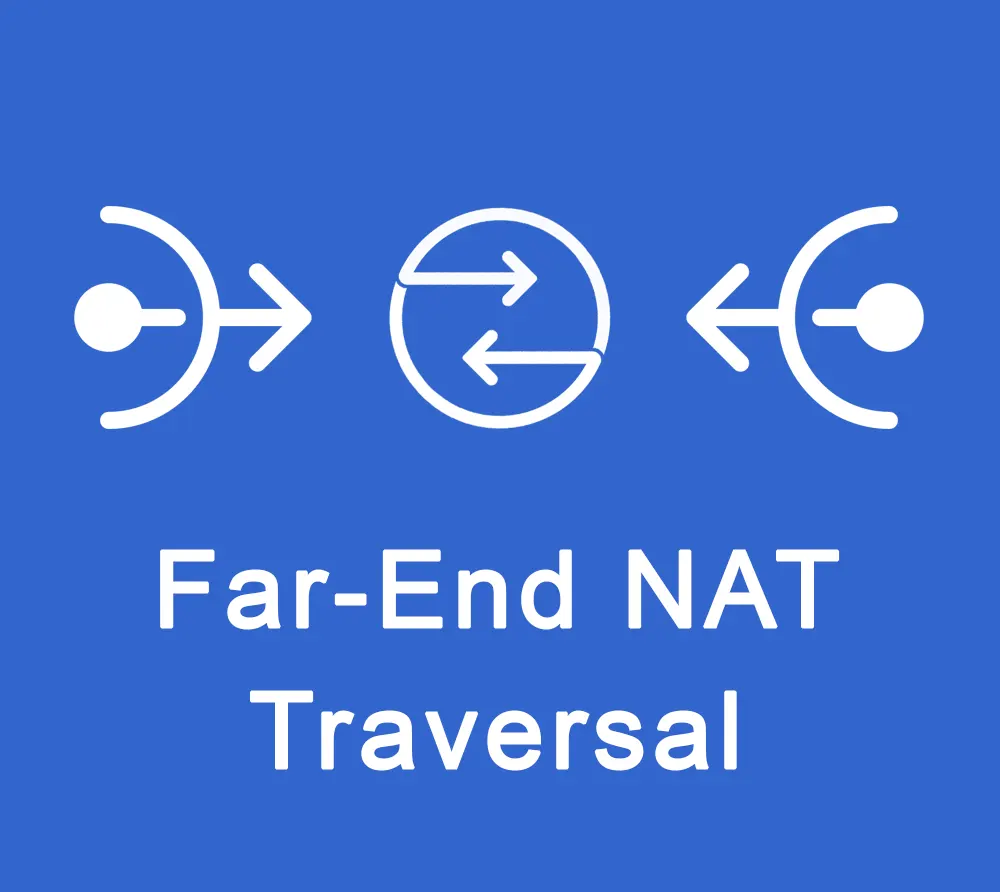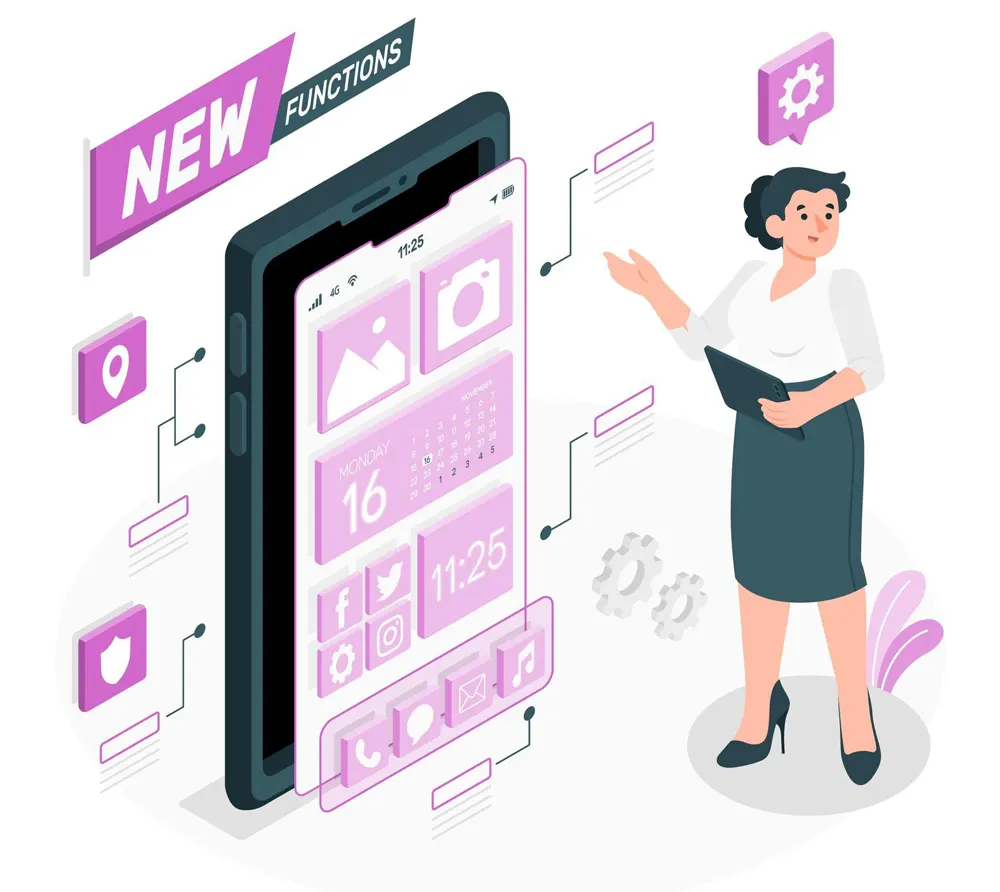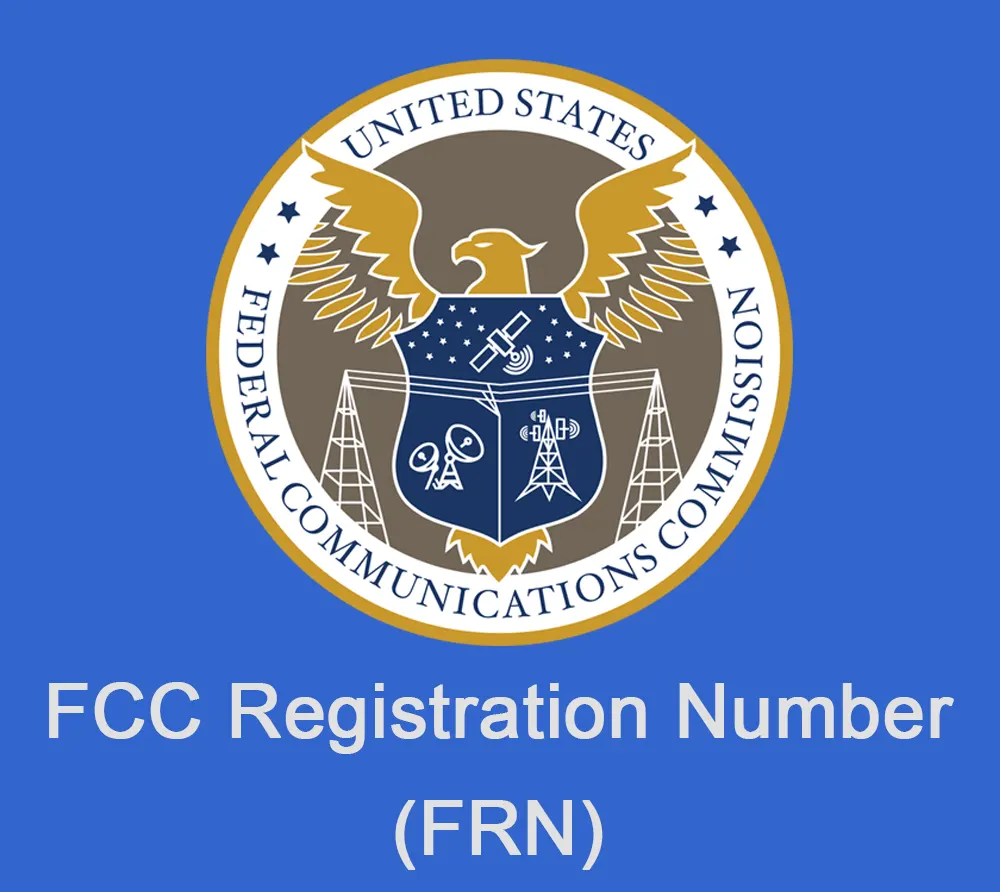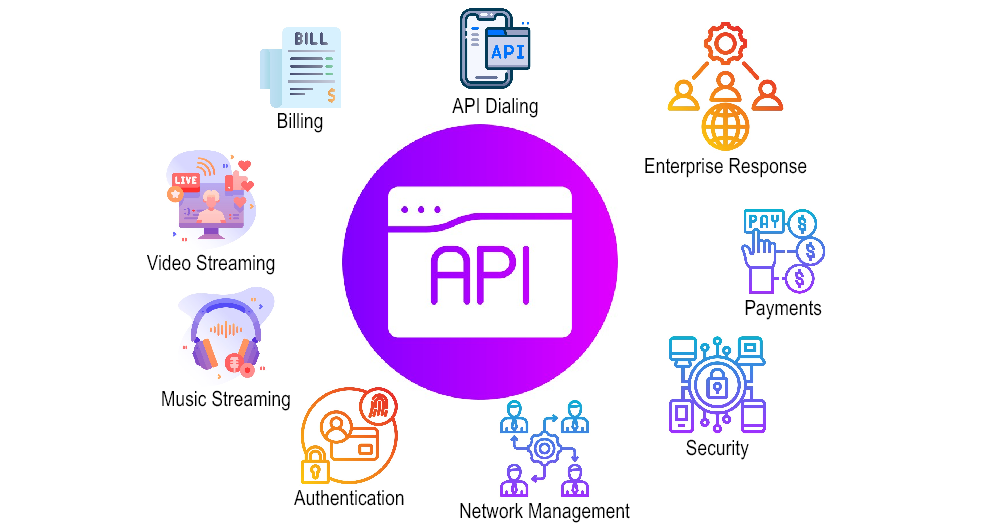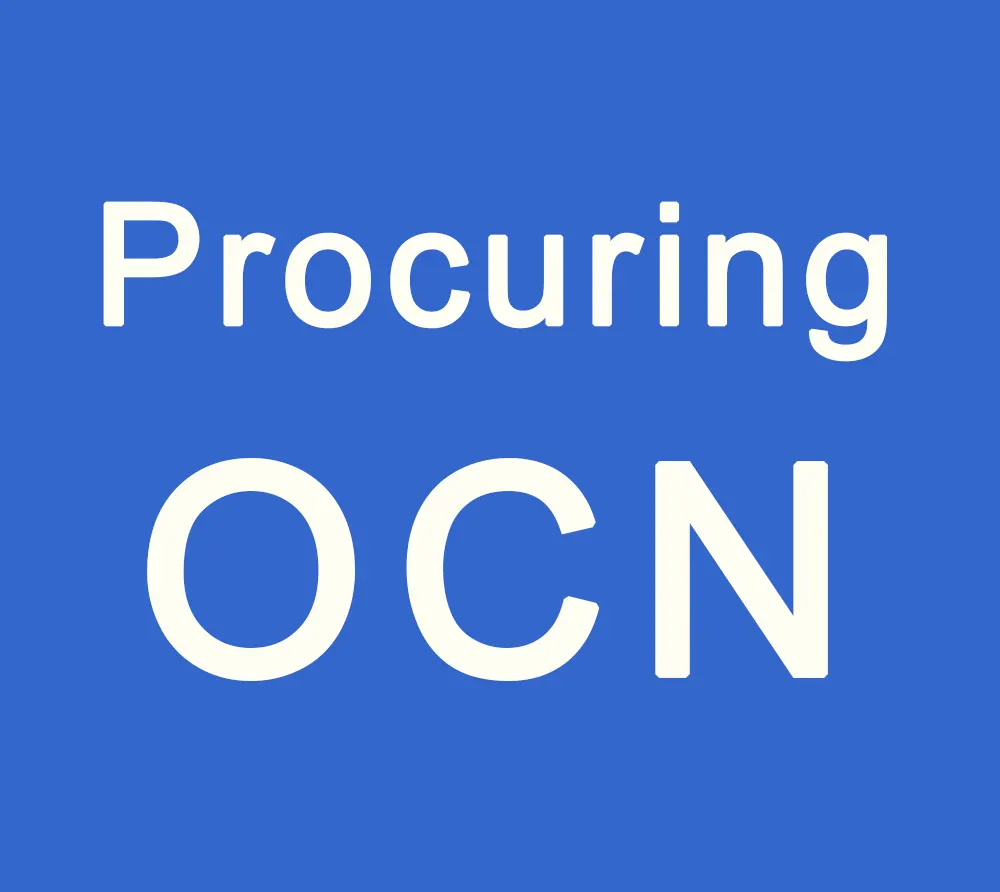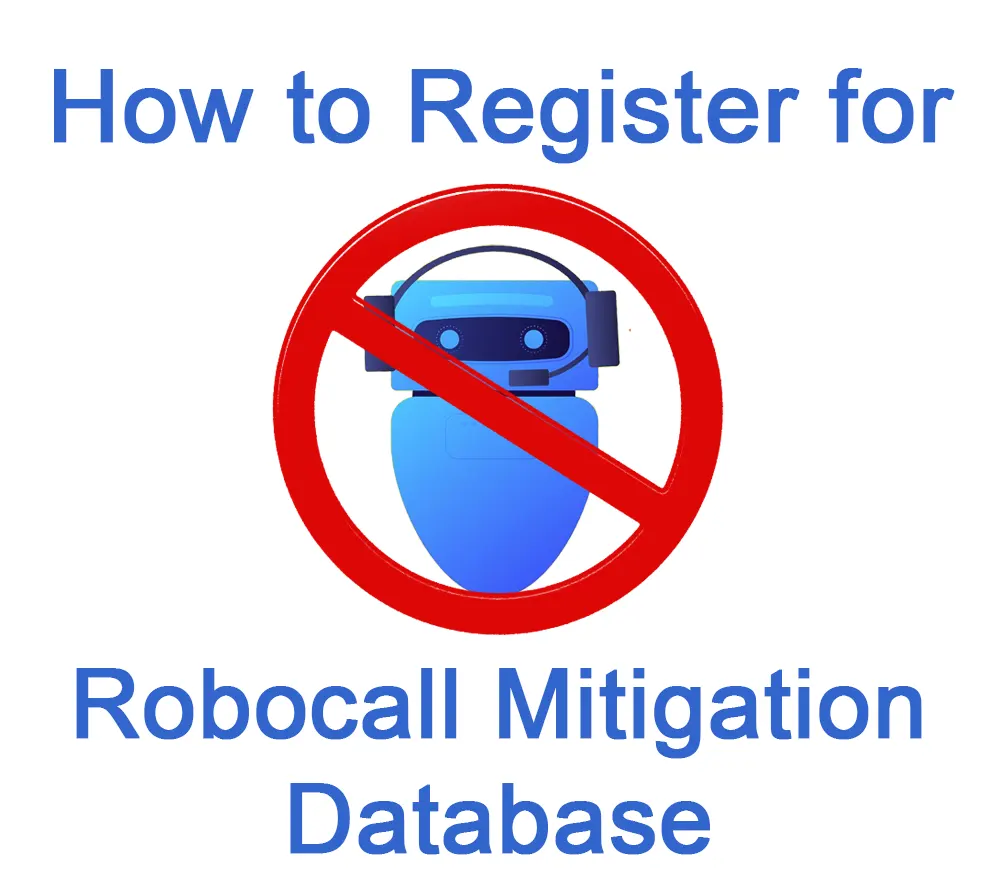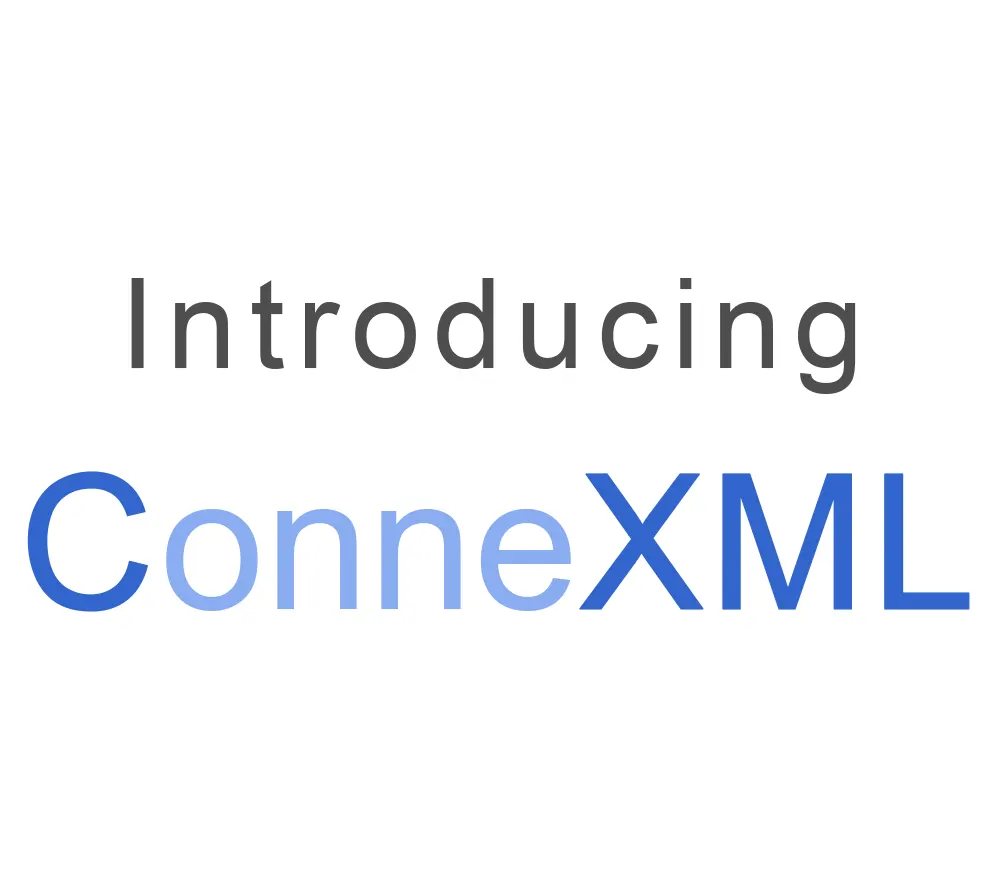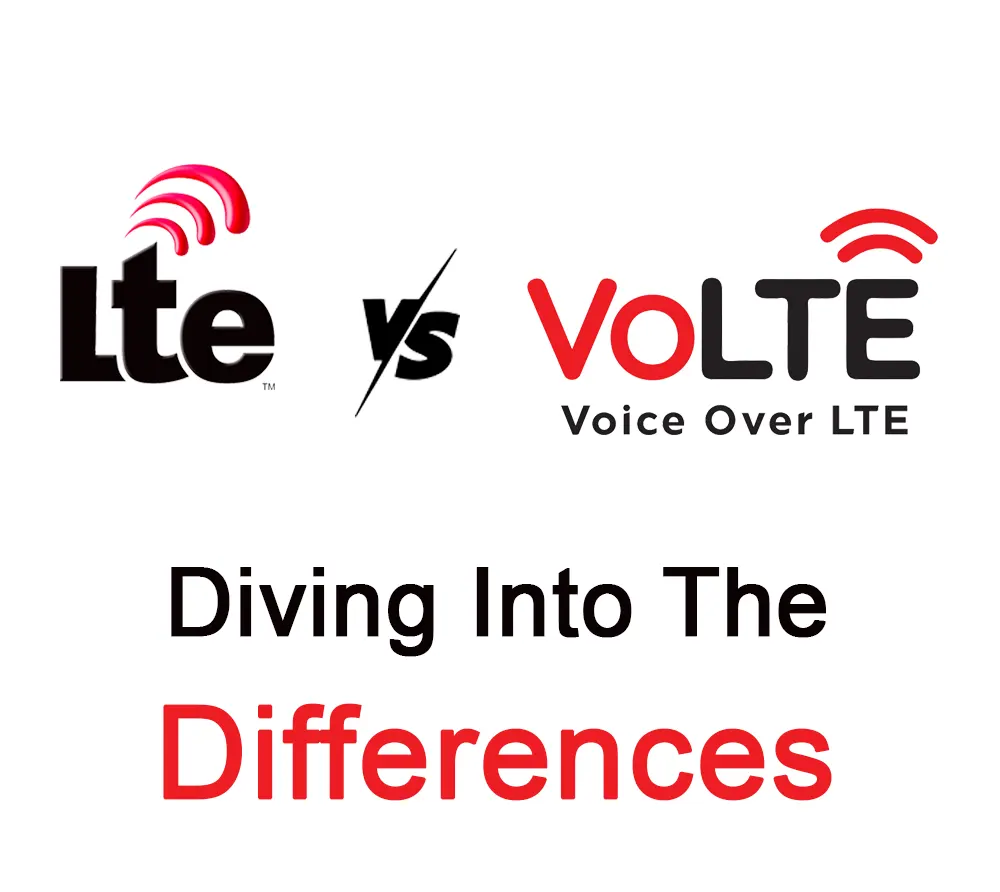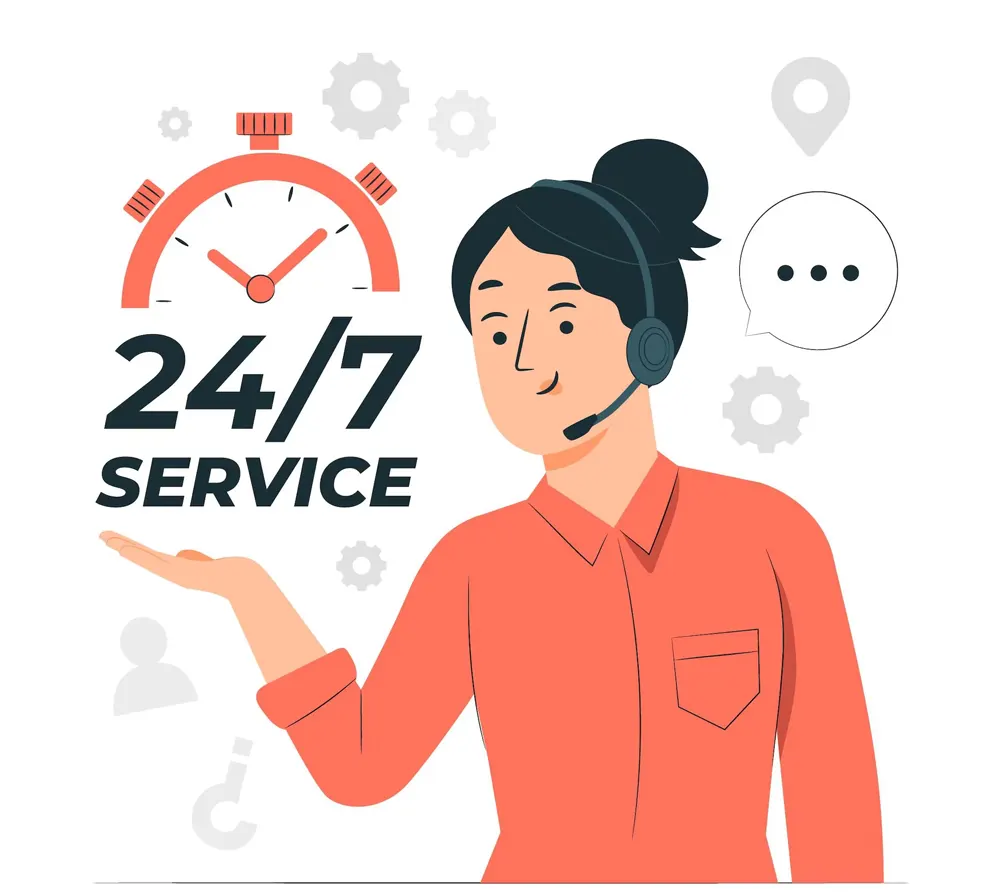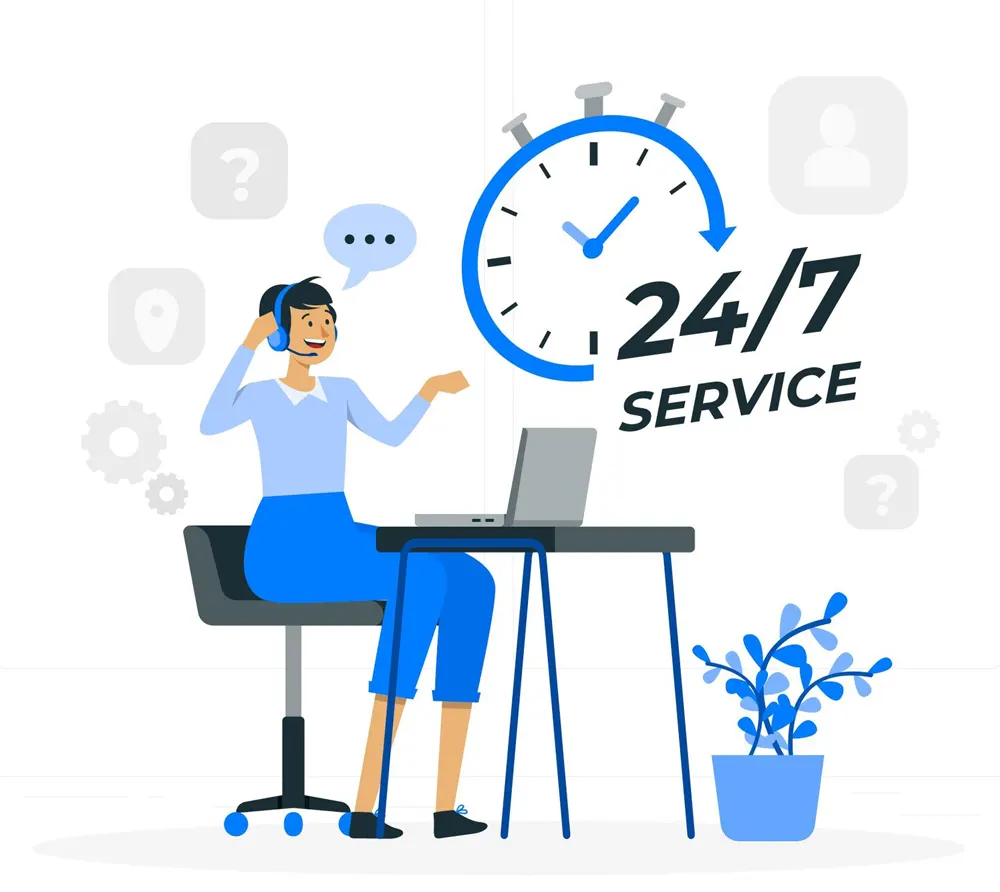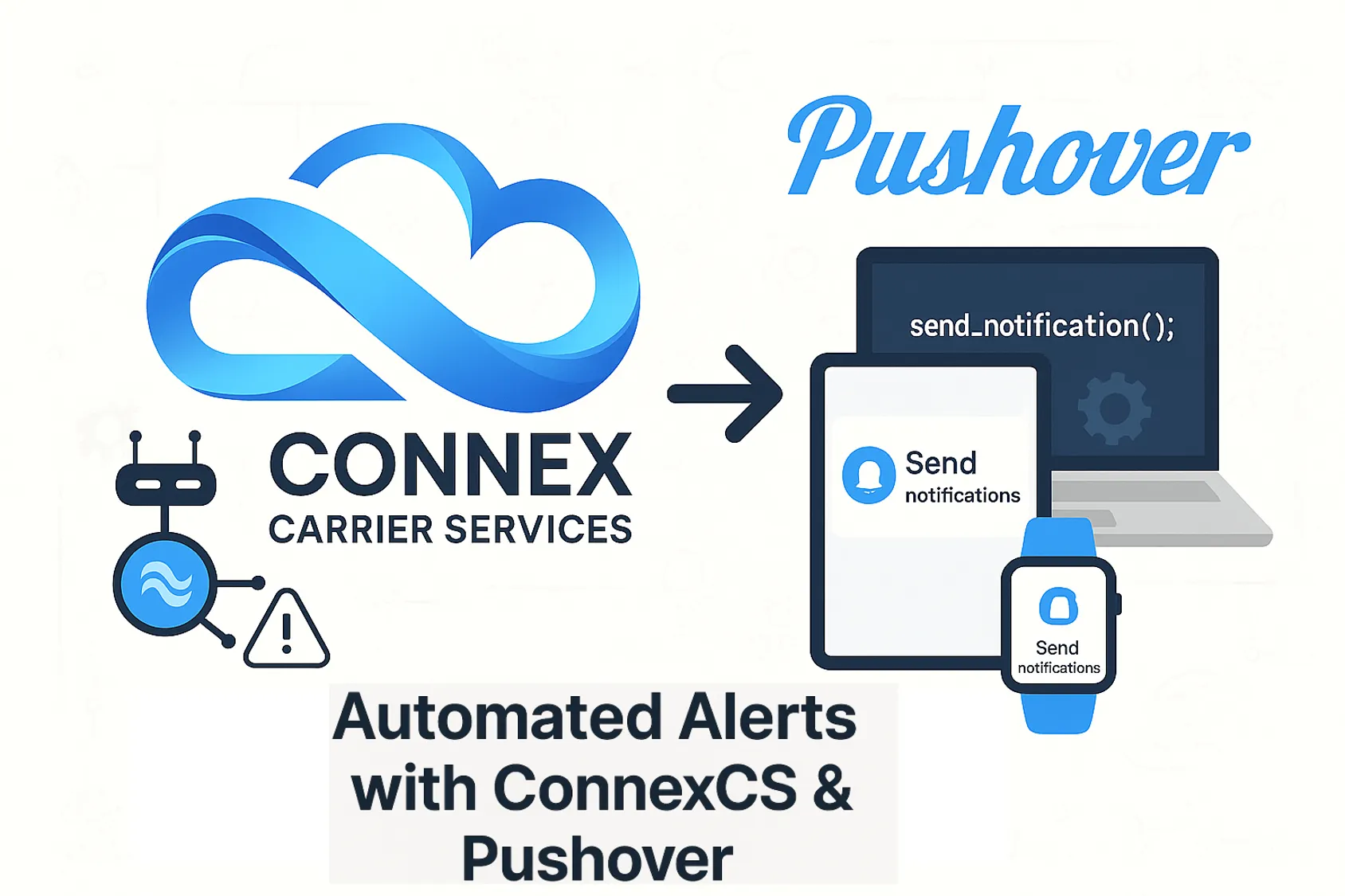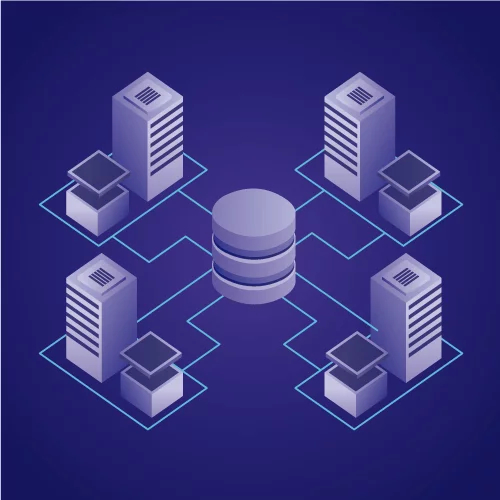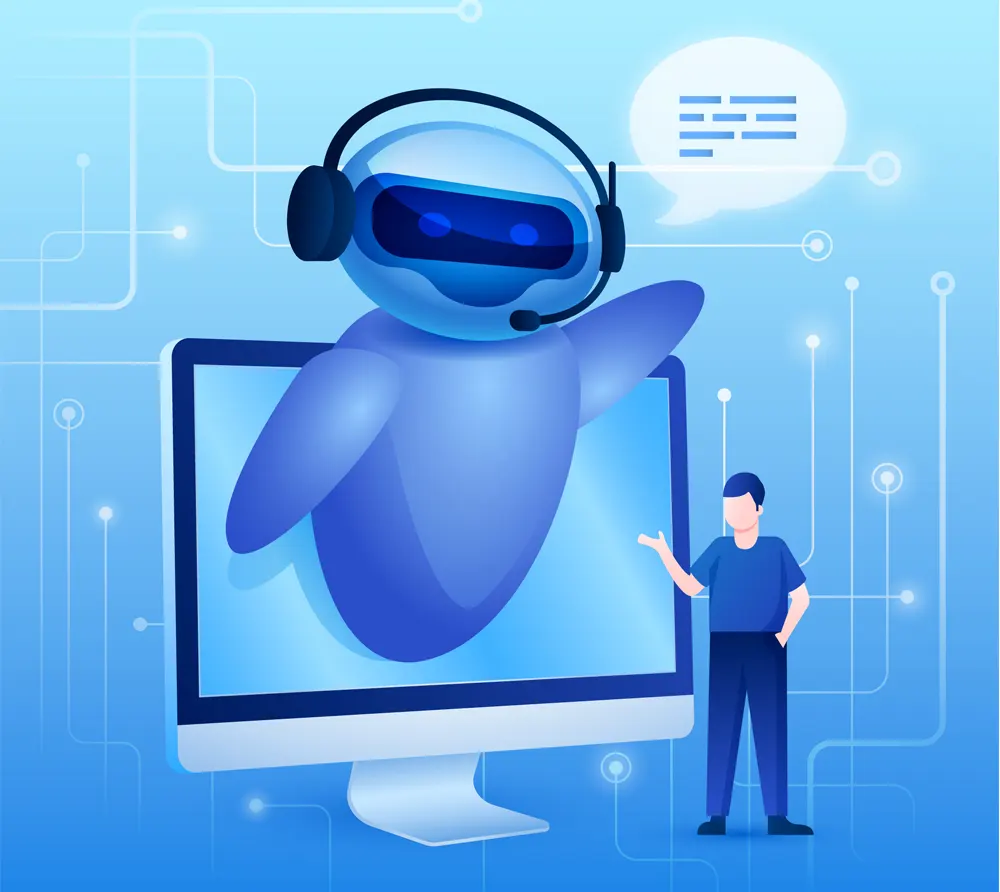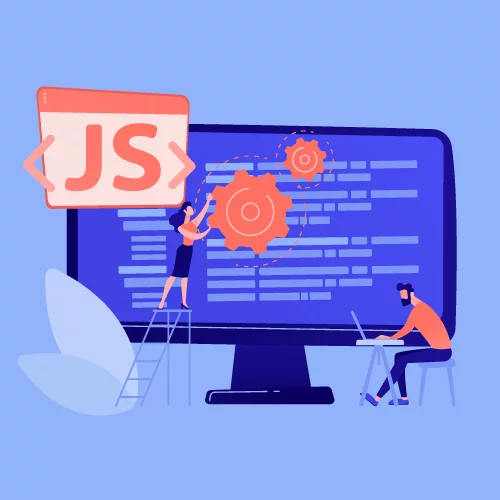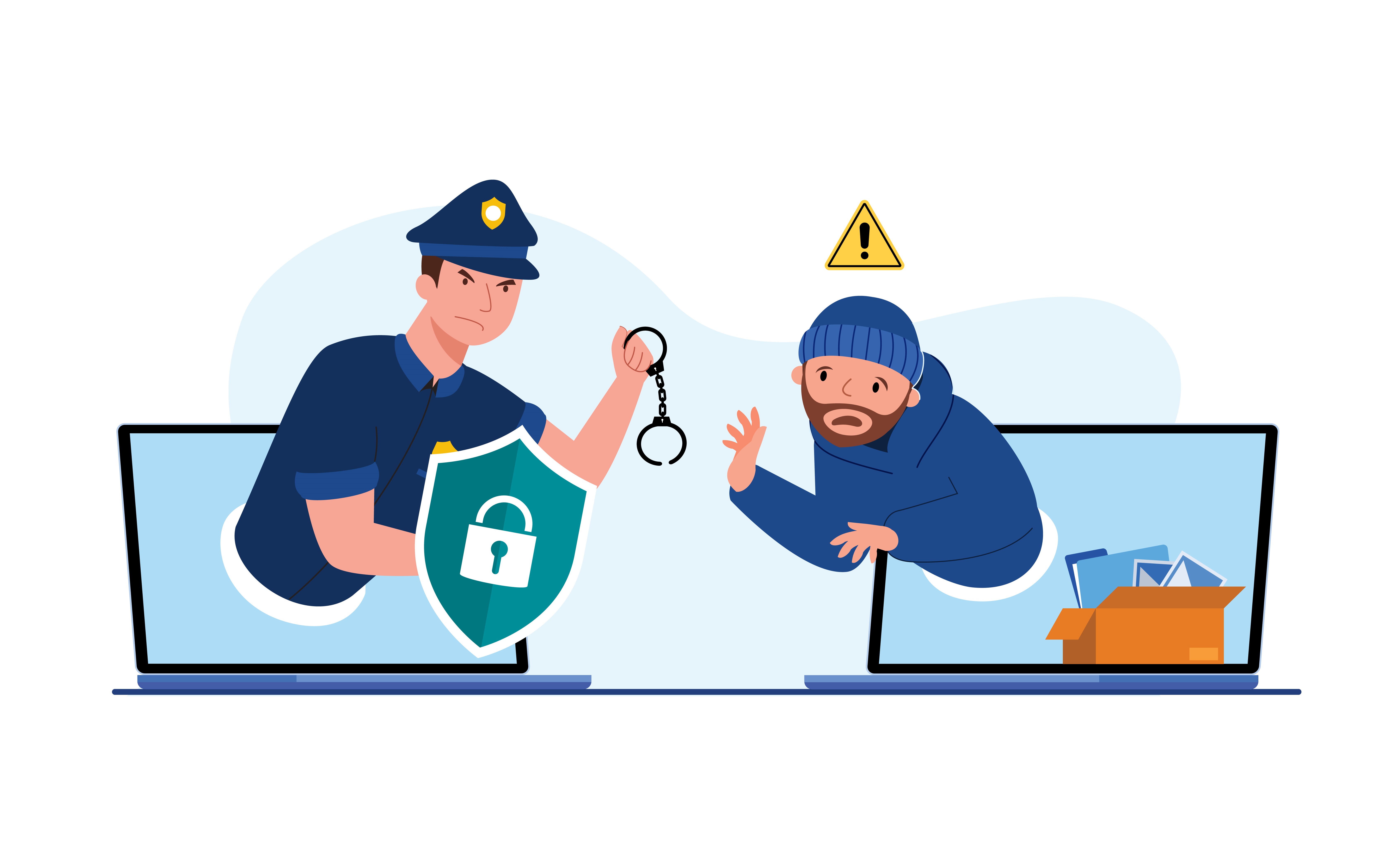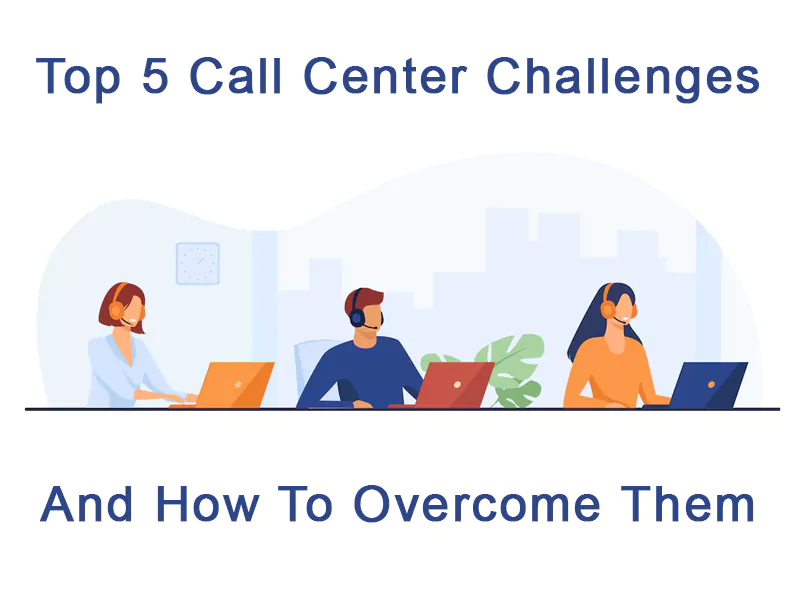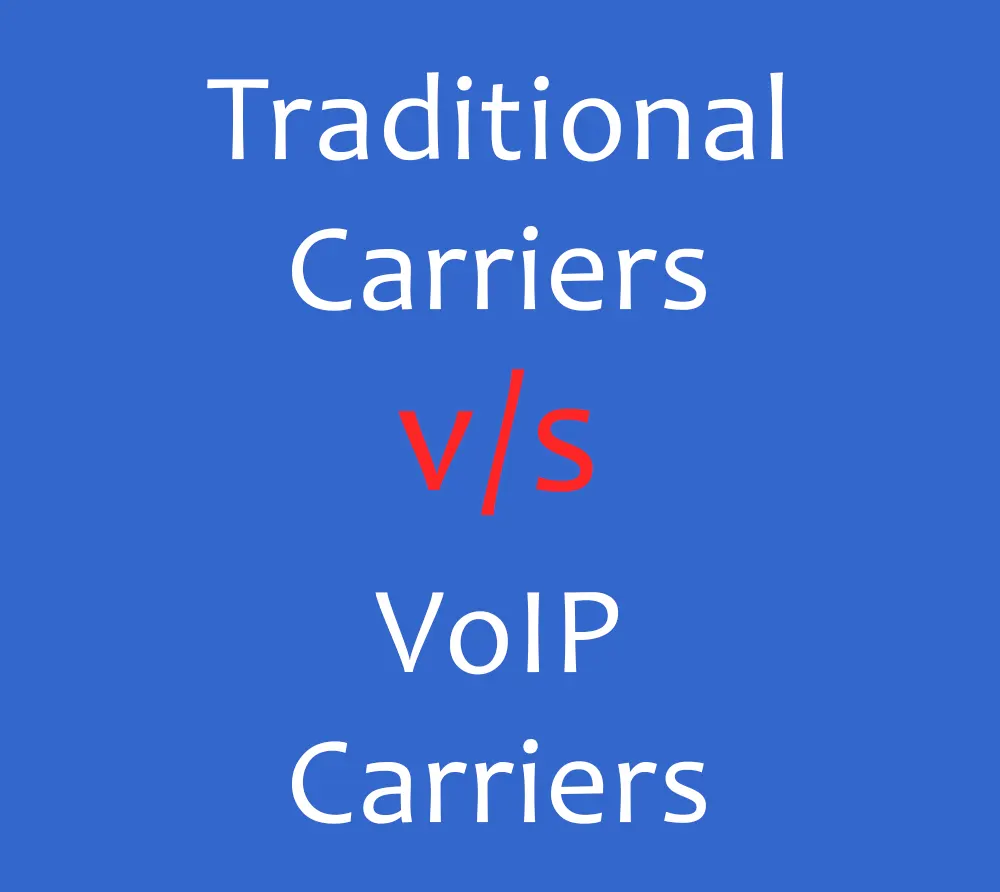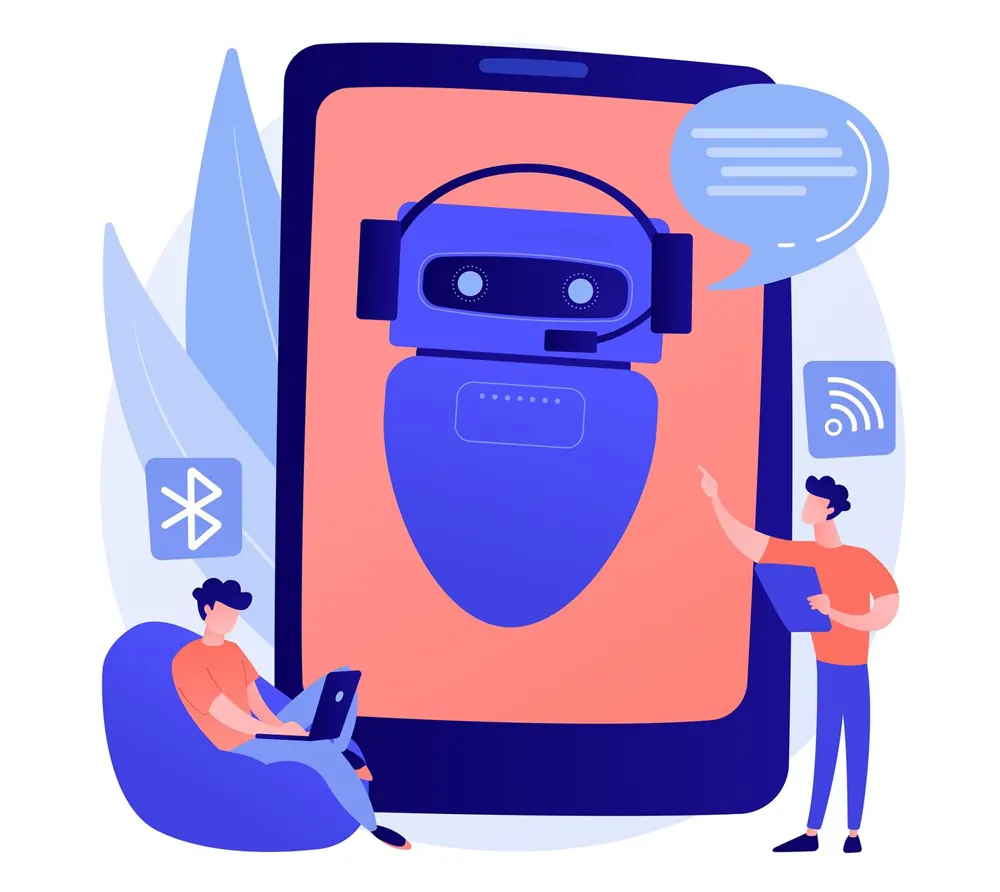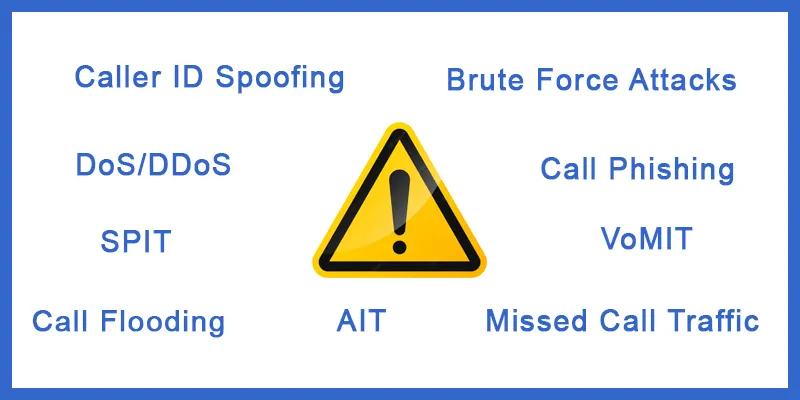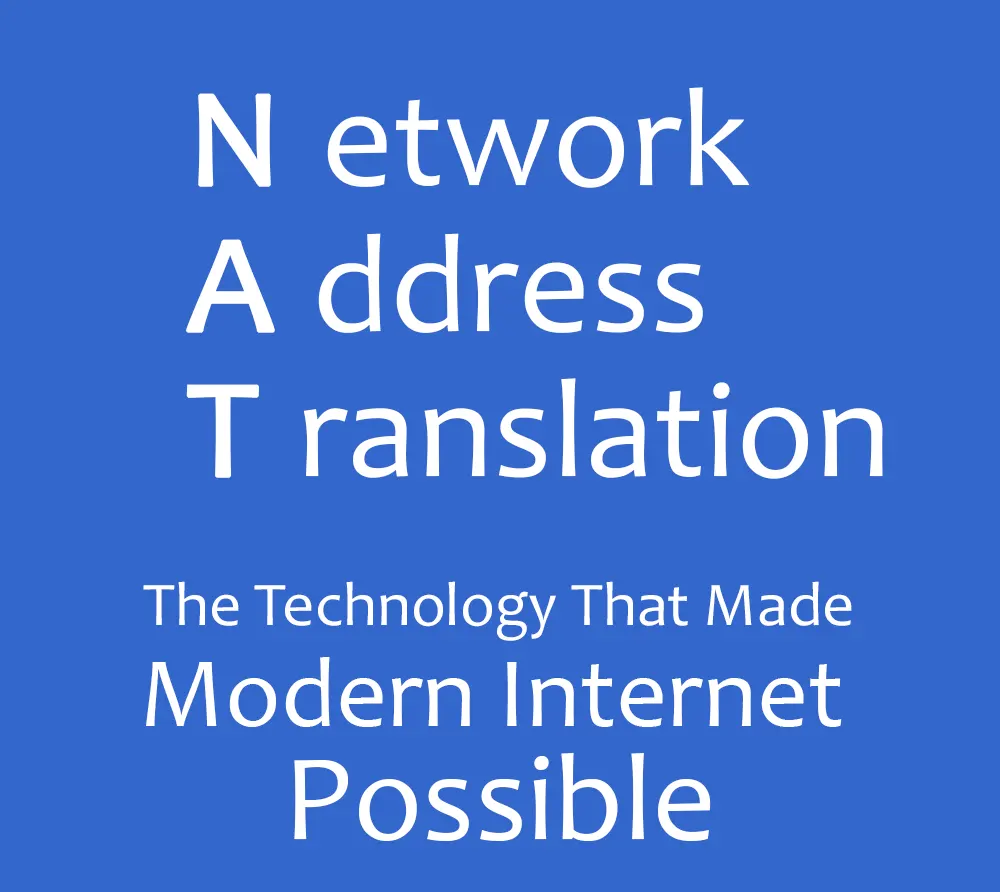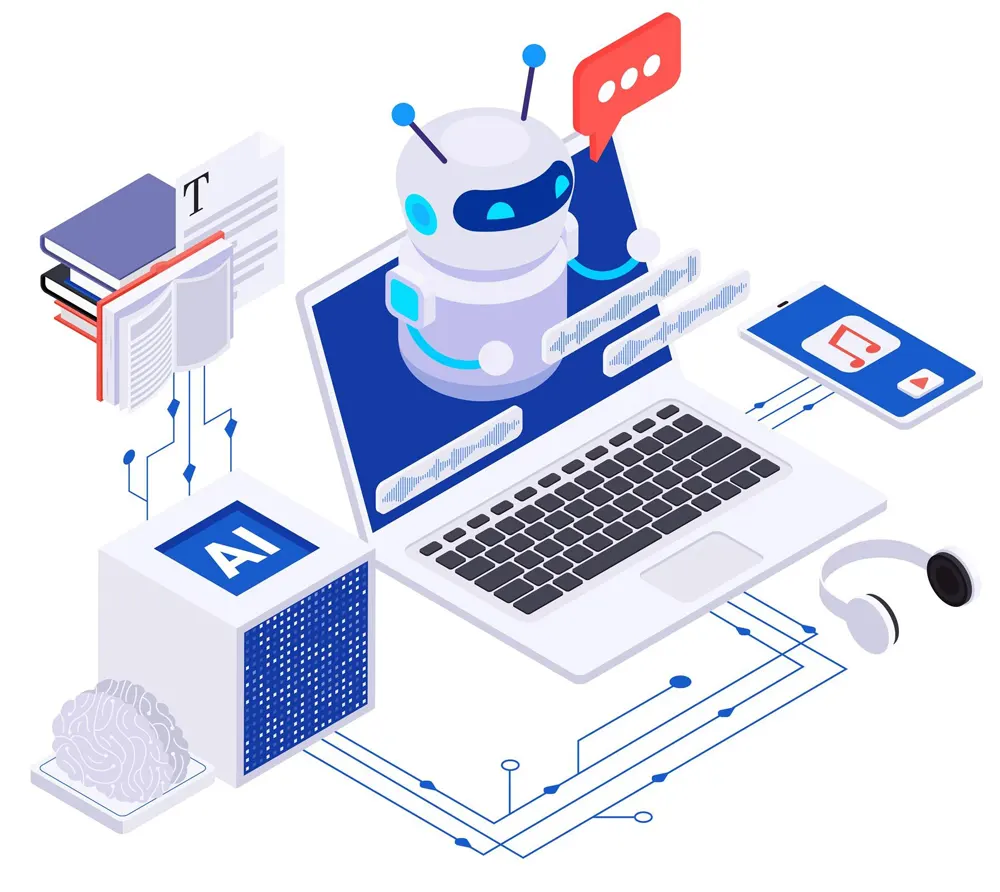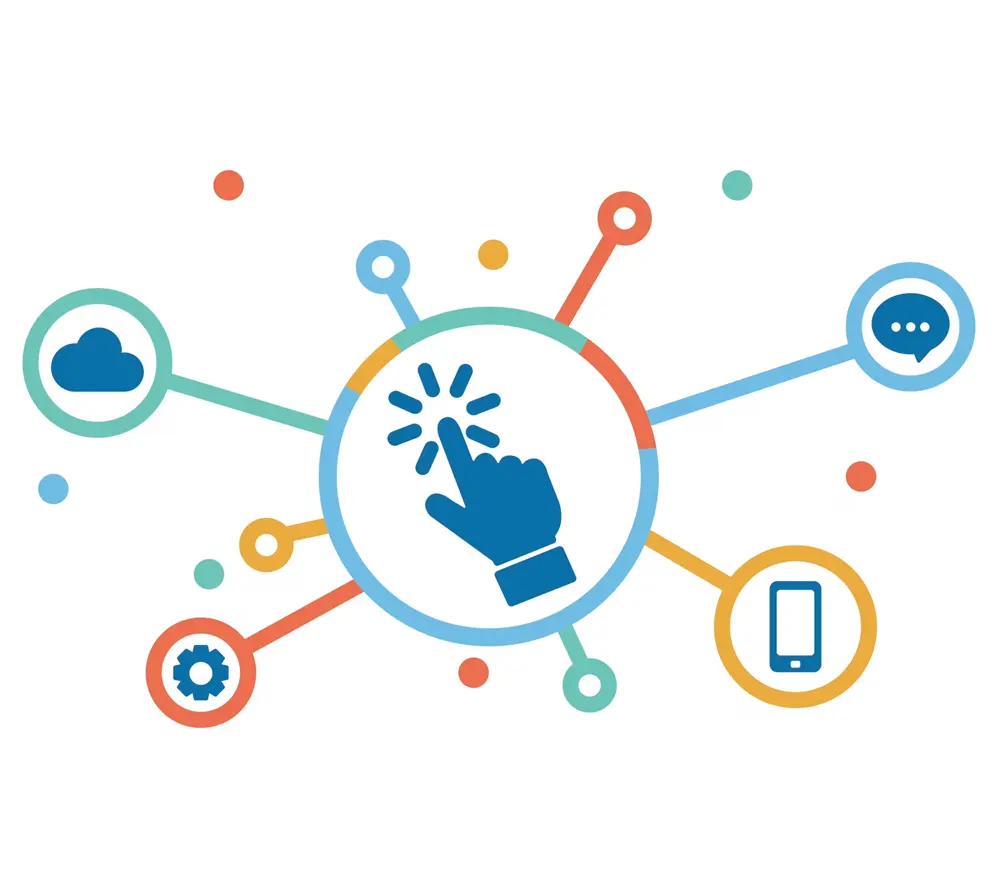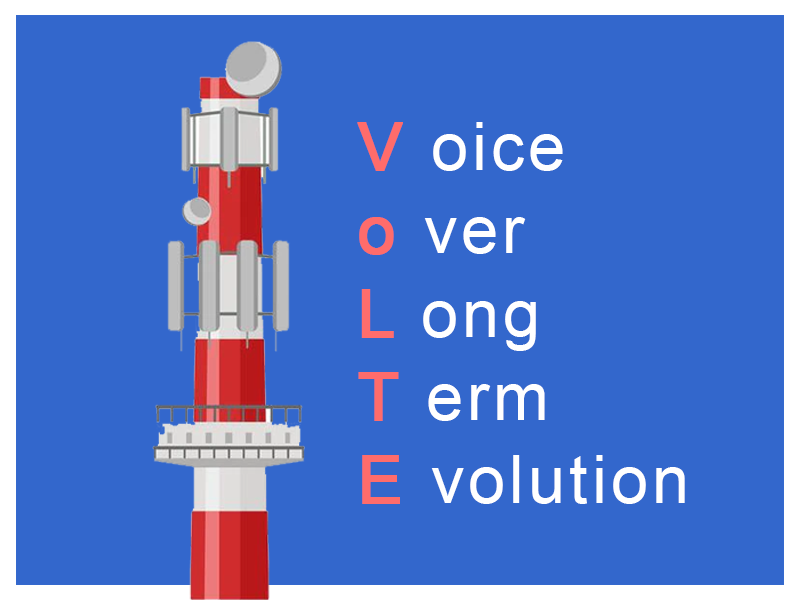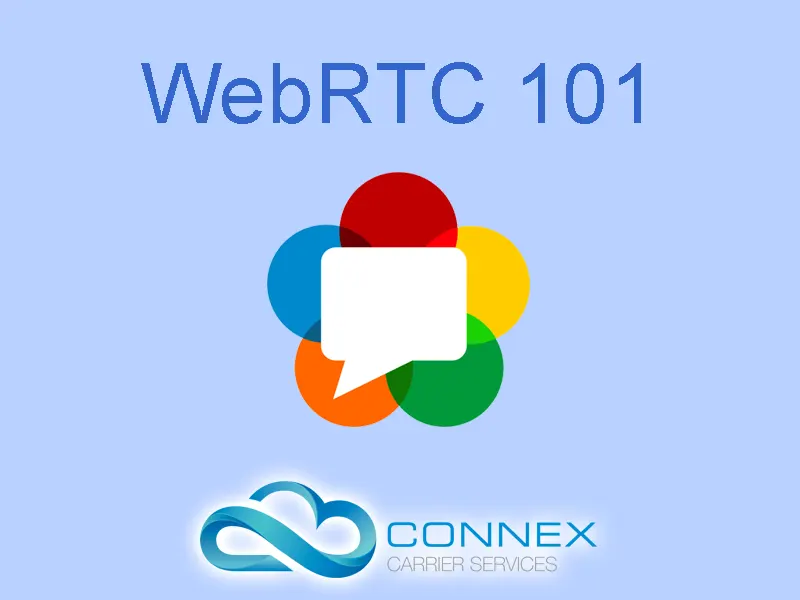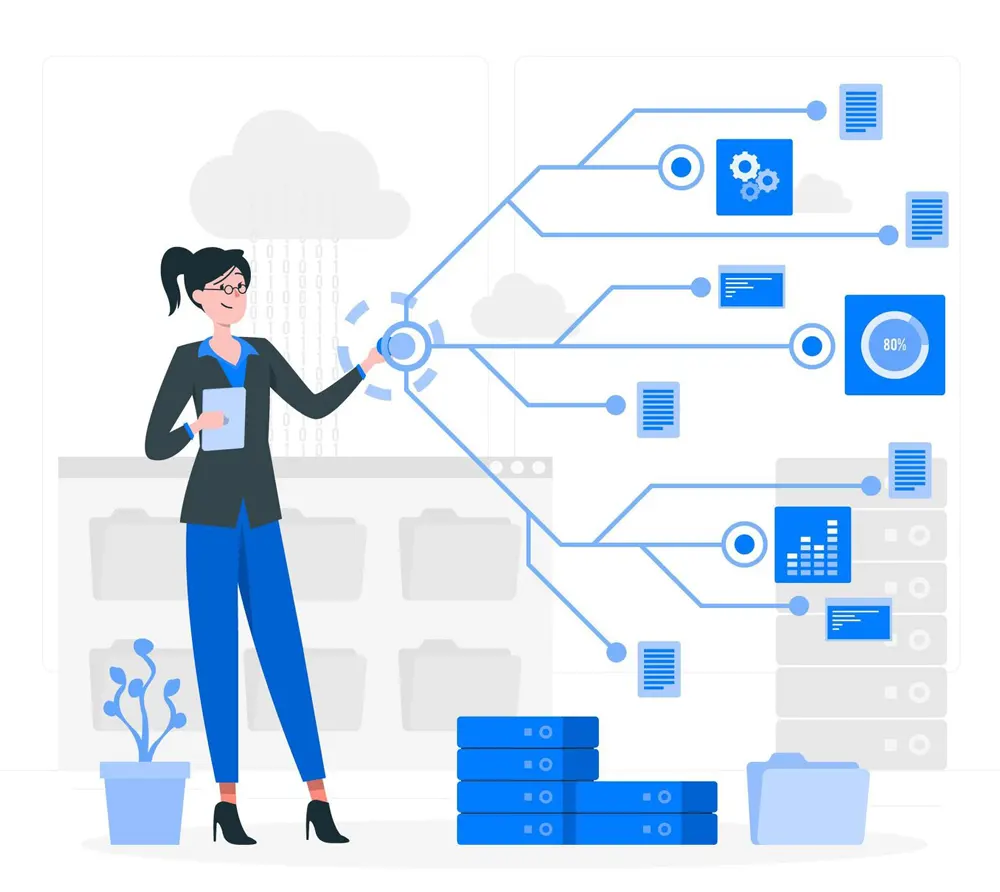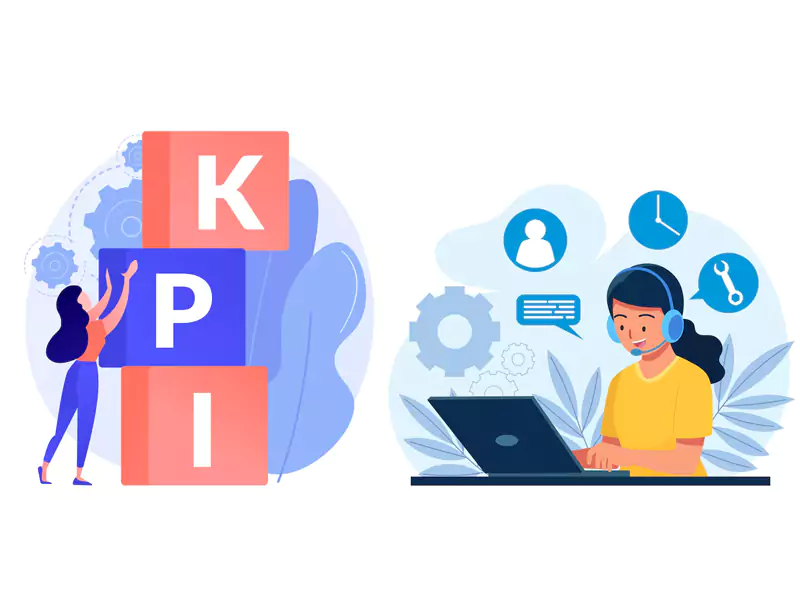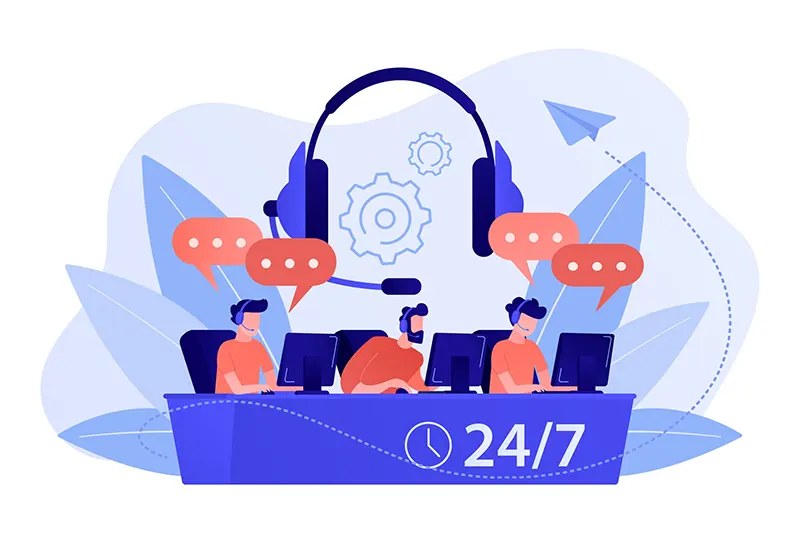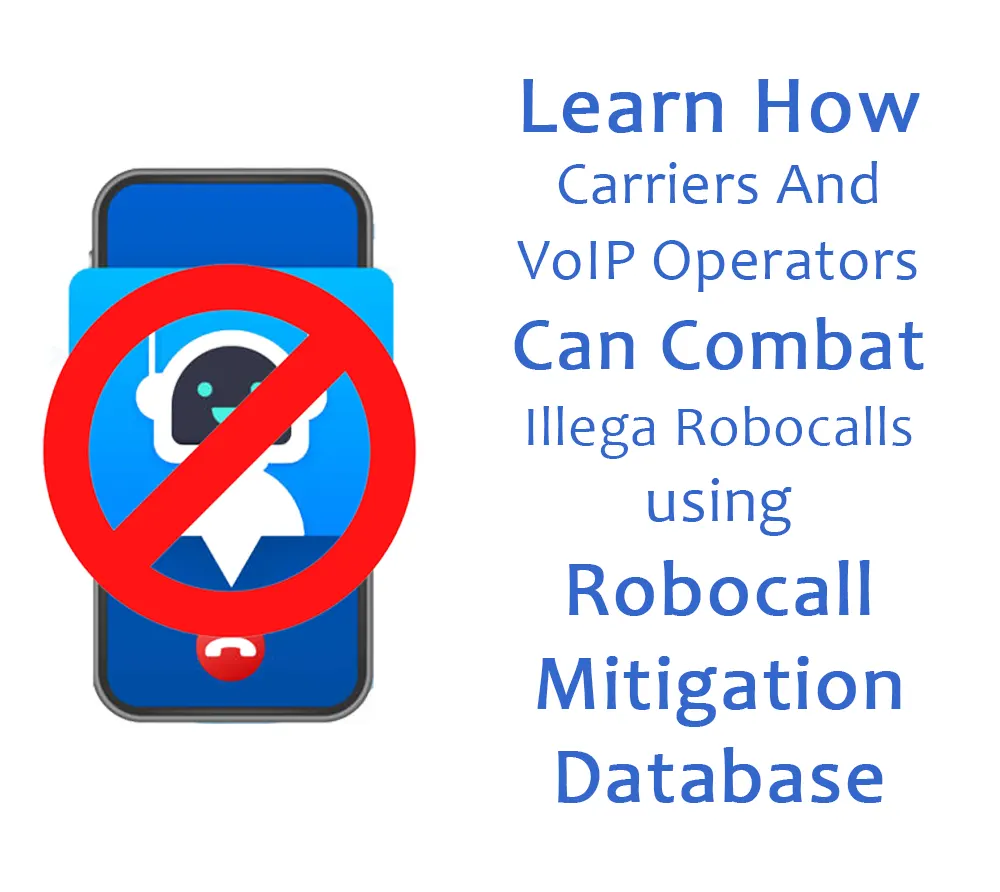Unlocking the Power of Voice - AI Voice Agent Explained
Remember Rosie from the Jetsons? Dexter’s Computer from Dexter’s Laboratory? As a kid I was fascinated with having a computer do so many things for a user. What was once Science Fiction is seemingly almost reality now.
It all started with OpenAI Introducing chatGPT almost 2 years ago. The progress snowballed quickly to where now we have AI Voice Agents on the verge of becoming commercially available.
Similar to any technology with such a wide scope, the possibilities with AI Voice Agents are endless. With such endless possibilities come equal opportunities to serve the markets and earn profits.
Want to make the most of these opportunities? You should start by learning what AI Voice Agents are, how they work and what all they’re capable of!
What is an AI Voice Agent?

Imagine a world where you have a personal assistant, always ready to serve, always patient, and always learning. This isn't a sci-fi dream; it's the reality of AI voice agents.
AI Voice Agent is a digital companion, powered by artificial intelligence. They are revolutionizing how we interact with technology. With a simple voice command, you can ask them to set reminders, play your favorite songs, or even order groceries.
They don't stop at merely providing weather updates, AI Voice Agents can assist you with almost everything. Setting appointments, reminders, troubleshooting issues to setting up software or hardware, everything is possible with AI Voice Agents.
Behind the scenes, these agents use complex algorithms to understand your voice, process your request, and respond intelligently. They learn from every interaction, constantly improving their ability to communicate and assist.
Whether you're a tech-savvy individual or someone new to the digital age, AI voice agents offer a seamless and intuitive way to interact with technology.
But how do they do all of this? What happens on the back stage? Glad you want to know!
How do AI Voice Agents Work?
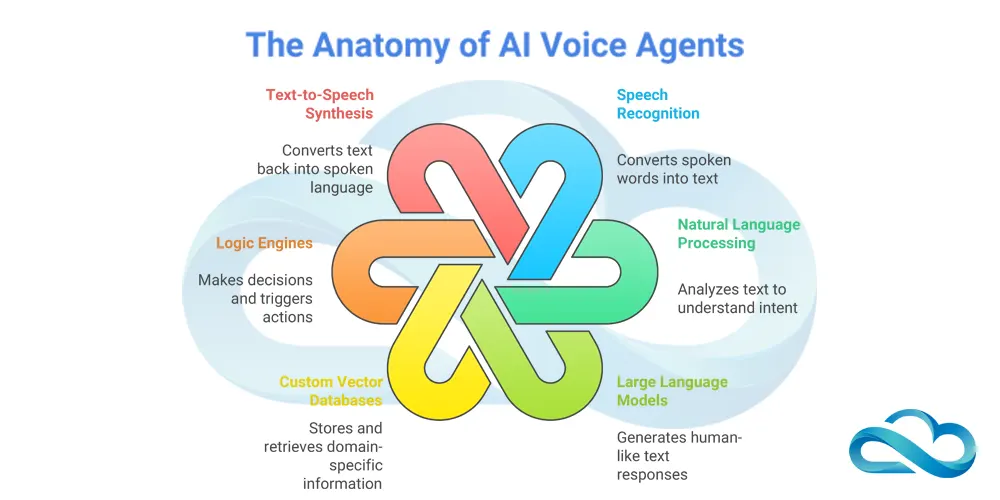
Remember the early 2010s when the Talking Tom app on android was all the rage? While Tom only repeated what you said, AI Voice Agents listen, understand and then interact with you using the right logic and knowledge.
Behind the scene there are multiple pieces of technology that make all of this possible. From listening, to understanding to replying with the right response, a lot goes on to make these AI Voice Agents work.
At the core of these AI Voice Agents are the following technologies:
1. Speech Recognition / Real-time Transcription:
The first step is to listen. When you speak to an AI voice agent, it uses sophisticated algorithms to convert your spoken words into text. This process, known as speech recognition or automatic speech recognition (ASR).
It involves breaking down audio signals into smaller units and matching them to phonetic sounds. Real-time transcription ensures that the agent can process your words as you speak, enabling a seamless and natural conversation.
2. Natural Language Processing (NLP):
Once the speech is transcribed into text, NLP takes over.
Understanding the Intent: NLP algorithms analyze the text to understand the underlying meaning and intent behind your words. This involves identifying keywords, phrases, and the overall context of the conversation.
Identifying Entities: NLP also helps identify specific entities, such as names, dates, locations, or product names, which are crucial for providing accurate and relevant responses.
3. Large Language Models:
Generating Human-like Text: Large language models (LLMs) are powerful AI models trained on massive amounts of text data. They can generate human-quality text, translate languages, write different kinds of creative content, and answer your questions in an informative way.
Understanding Context: LLMs help the voice agent understand the context of the conversation, allowing it to provide more relevant and personalized responses.
4. Custom Vector Databases:
Think of Vector Databases as specializations. Plug in the right Vector Database and your AI Voice Agent will become an expert in that particular field.
Storing and Retrieving Information: Custom vector databases are used to store and retrieve information relevant to the specific task or domain of the voice agent. This information can include product catalogs, FAQs, or knowledge base articles.
Finding Relevant Information: When you ask a question, the voice agent searches through the vector database to find the most relevant information.
5. Logic Engines:
Making Decisions: Logic engines are used to make decisions and take actions based on the information processed by the AI.
Triggering Actions: They can trigger various actions, such as making a phone call, sending an email, or controlling smart devices.
6. Text-to-Speech Synthesis:
Generating Human-like Speech: Once the AI has processed your request and generated a response, it uses text-to-speech synthesis to convert the text back into spoken language.
Natural-sounding Voices: Advanced text-to-speech systems can generate highly natural-sounding voices, making the interaction feel more human-like.
By combining these technologies, AI voice agents can understand and respond to complex queries, complete tasks, and provide information in a natural and intuitive way.
So what benefits can it offer to the businesses? There is a lot on offer here!
Benefits of AI Voice Agents
AI voice agents are rapidly evolving, offering a myriad of benefits that are reshaping industries and individual lives. Let's delve deeper into the advantages:
1. Enhanced Customer Experience
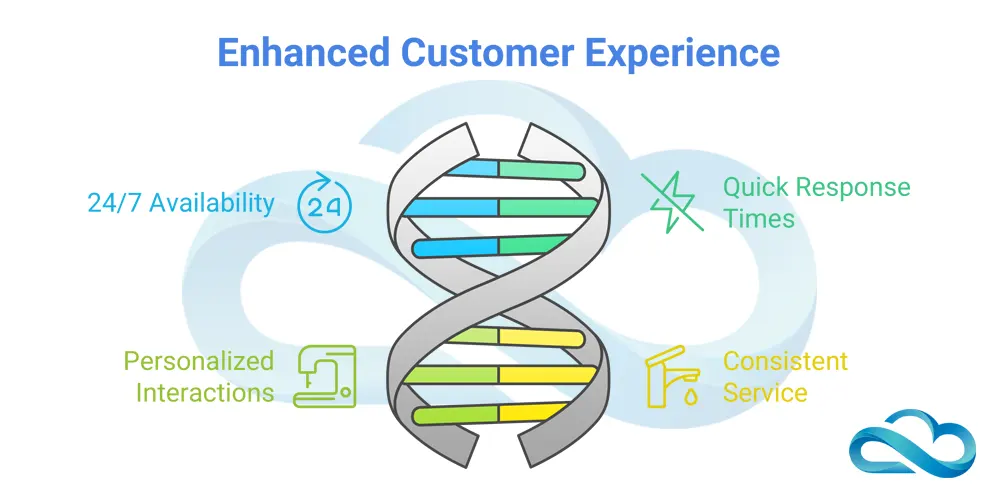
24/7 Availability: AI agents are always on duty, providing instant assistance around the clock, eliminating the constraints of traditional business hours.
Quick Response Times: They can process queries and deliver responses swiftly, significantly reducing wait times and improving customer satisfaction.
Personalized Interactions: AI agents can tailor their responses to individual needs and preferences, creating a more personalized and engaging customer experience.
Consistent Service: They maintain a consistent level of service, ensuring that customers receive accurate and helpful information, regardless of the agent they interact with.
2. Increased Efficiency and Productivity
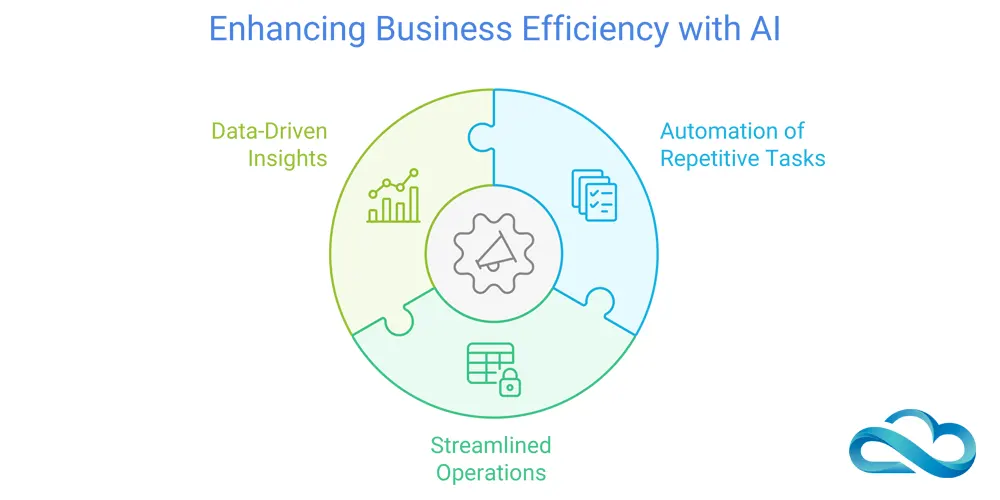
Automation of Repetitive Tasks: AI agents can handle routine tasks like answering FAQs, scheduling appointments, and providing product information, freeing up human agents to focus on more complex and strategic tasks.
Streamlined Operations: They can automate various processes, such as lead generation, customer support, and order processing, improving overall operational efficiency.
Data-Driven Insights: AI agents can collect and analyze vast amounts of customer data, providing valuable insights into customer behavior, preferences, and pain points. These insights can be used to optimize products, services, and marketing strategies.
3. Cost Reduction
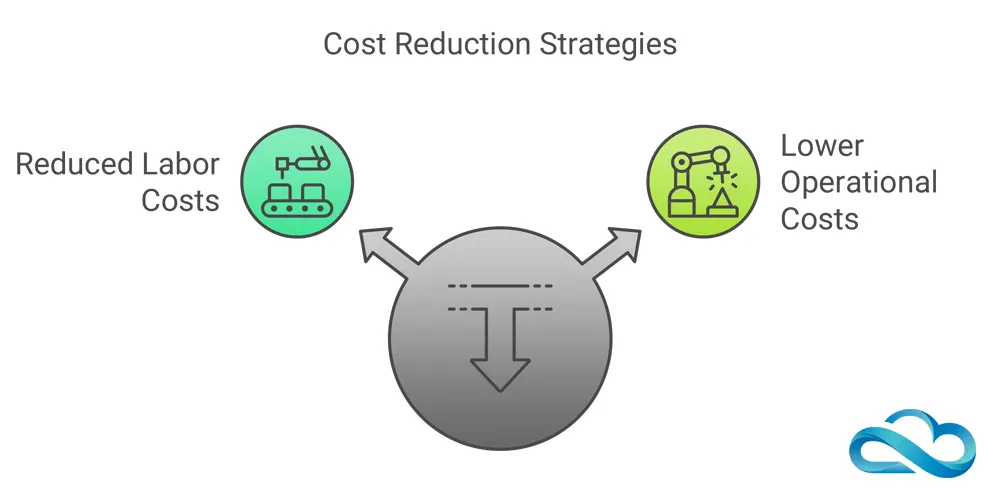
Reduced Labor Costs: By automating tasks and reducing the need for a large workforce, businesses can significantly reduce labor costs.
Lower Operational Costs: AI agents can streamline operations, reduce errors, and minimize the need for costly human intervention, leading to lower operational costs.
4. Improved Accessibility
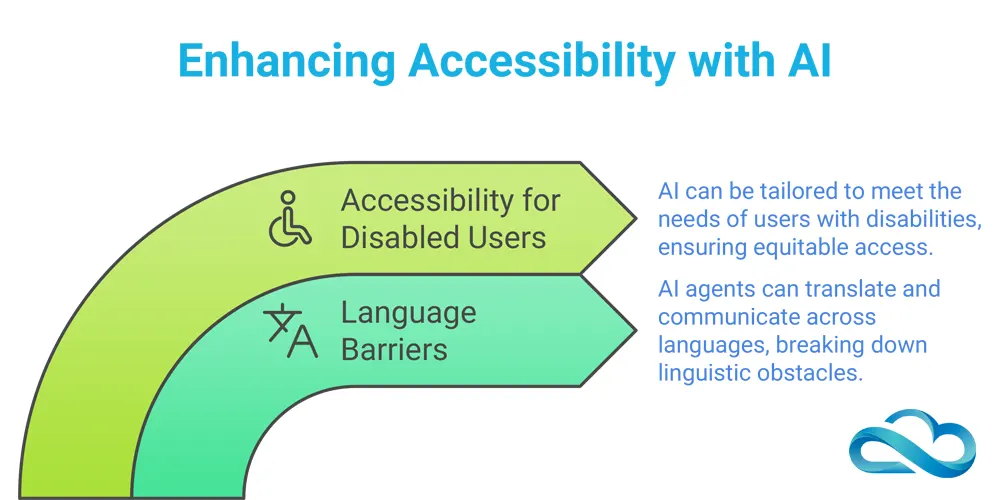
Language Barriers: AI agents can overcome language barriers, making services accessible to a global audience.
Accessibility for Disabled Users: They can be designed to accommodate users with disabilities, providing a more inclusive and equitable experience.
Quite promising, isn't it? So what is holding AI Voice Agents back then? There are some challenges and limitations that are being tackled as we speak. Let’s understand these!
Challenges and Limitations For AI Voice Agents
We will dive deeper into each aspect of these challenges and limitations. This will help us understand what improvements we can expect from AI Voice Agents going forward.
Technical Challenges

1. Speech Recognition Accuracy:
AI agents often struggle to accurately recognize words and phrases spoken with different accents or dialects. Background noise can also significantly degrade the accuracy of speech recognition, leading to misunderstandings and errors.
Fast-paced speech has proven to be yet another challenge for AI agents to process accurately, especially in noisy environments.
2. Natural Language Understanding (NLU):
AI agents may struggle to understand the context of a conversation, leading to irrelevant or nonsensical responses. Words with multiple meanings can confuse AI agents, leading to incorrect interpretations. AI agents often have difficulty recognizing and responding appropriately to sarcasm or humor.
3. Real-time Processing:
Ensuring real-time processing and quick response times can be challenging. Especially when dealing with complex queries or large language models. Real-time processing requires significant computational power and resources, which can be costly and energy-intensive.
User Experience Challenges

1. Lack of Emotional Intelligence:
AI agents often struggle to accurately interpret the tone and sentiment of a user's message. They may result in inappropriate or insensitive responses. AI agents lack the ability to empathize with users, making interactions feel impersonal and robotic.
2. Limited Contextual Understanding:
AI agents may have difficulty remembering and referencing past conversations, leading to inconsistent and confusing interactions. AI agents may also struggle to understand implicit knowledge and common sense, limiting their ability to provide helpful and relevant responses.
Privacy Concerns:
Users may be hesitant to share personal information with AI agents due to concerns about data privacy and security. There are concerns that user data may be misused or exploited by malicious actors.
Infrastructure and Cost

1. Computational Power:
AI voice agents require significant computational power and specialized hardware, which can be expensive. The energy consumption of AI systems can be substantial, contributing to environmental concerns.
2. Data Requirements:
Training and fine-tuning AI models requires large amounts of high-quality data, which can be difficult and expensive to obtain. Collecting and storing large amounts of user data raises concerns about privacy and security.
As time and technology progresses, we will witness all of the mentioned limitations and challenges being eliminated.
Conclusion
AI voice agents are poised to revolutionize the way we interact with technology. From personalized assistance to automated tasks, these intelligent companions offer a glimpse into a future where human-computer interaction is seamless and intuitive.
As AI technology continues to advance, we can expect even more sophisticated and helpful AI voice agents to emerge, making our lives easier and more efficient.
Imagine a world where devices anticipate your needs, respond to your voice commands, and learn from your preferences.
AI voice agents are bringing this vision to life, with applications ranging from customer service and healthcare to education and entertainment.
Stay tuned as ConnexCS will soon enable you to provide these capabilities to your customers!








